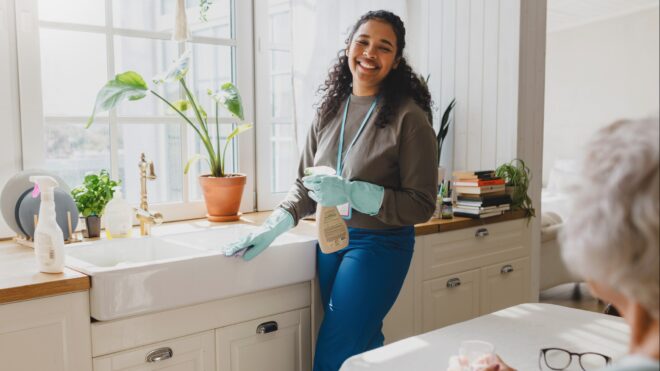Sometimes, public bathrooms are a necessary evil, especially during long car rides or when nature calls inconveniently.
Though most are pretty pristine, every once in a while, we run into some truly unsavory public bathroom situations.
We have no idea who has been in there before us, and sometimes, we just can't help but feel wary of public toilets, considering all of the crazy things that have been found in them.
When these feelings of insecurity strike, we usually reach for the nearest available seat cover and — if one isn't available — we then make one of our own out of toilet paper.
This lifehack may seem like a perfectly harmless, even safe, practice. But in truth, creating this protective paper barrier could be doing you way more harm than good.
Studies have found that where we perceive bacteria thriving in bathrooms can be completely backwards, and what we use to keep us clean could actually be spreading the problem around!
Read below to learn how bacteria is spread in all bathrooms, and what steps we should be taking to keep scary bathroom germs at bay!
[H/T: Wimp]
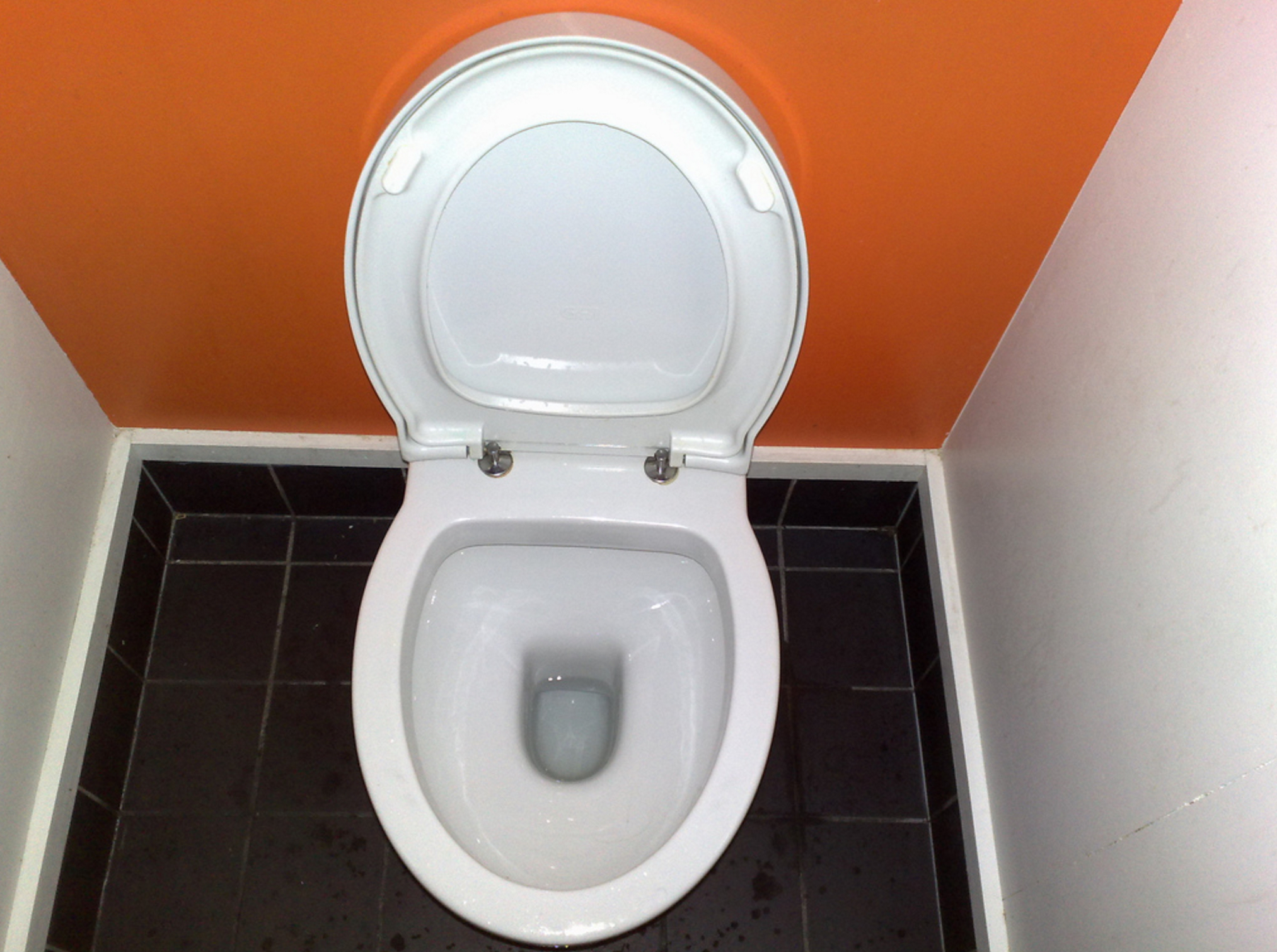
There is a general misconception that covering toilet seats keeps you safe from germs.
But toilet seats are actually designed to keep as much bacteria off of you as possible.

According to Today.com, germs are not easily spreadable on toilet seats, since many different bacteria and viruses don’t survive long outside of a human body.
Their special shape and material were specifically designed to prevent bacteria from dwelling on their surface for very long.
Despite this, many people opt to line the seat with toilet paper — but really, this seemingly clean practice may actually be increasing your exposure to germs.

Toilet paper, unlike toilet seats, are not designed to ward off bacteria. In fact, they're sponges for it.
With every flush, germs are sprayed up and out of the toilet — and often exposed right onto the toilet paper.

But toilet paper isn't the only place where germs dwell more happily than toilet seats.
In fact, a study from the the Journal of Applied Microbiology found that hand dryers were among the largest distributors of bacteria, other than flushing toilets.
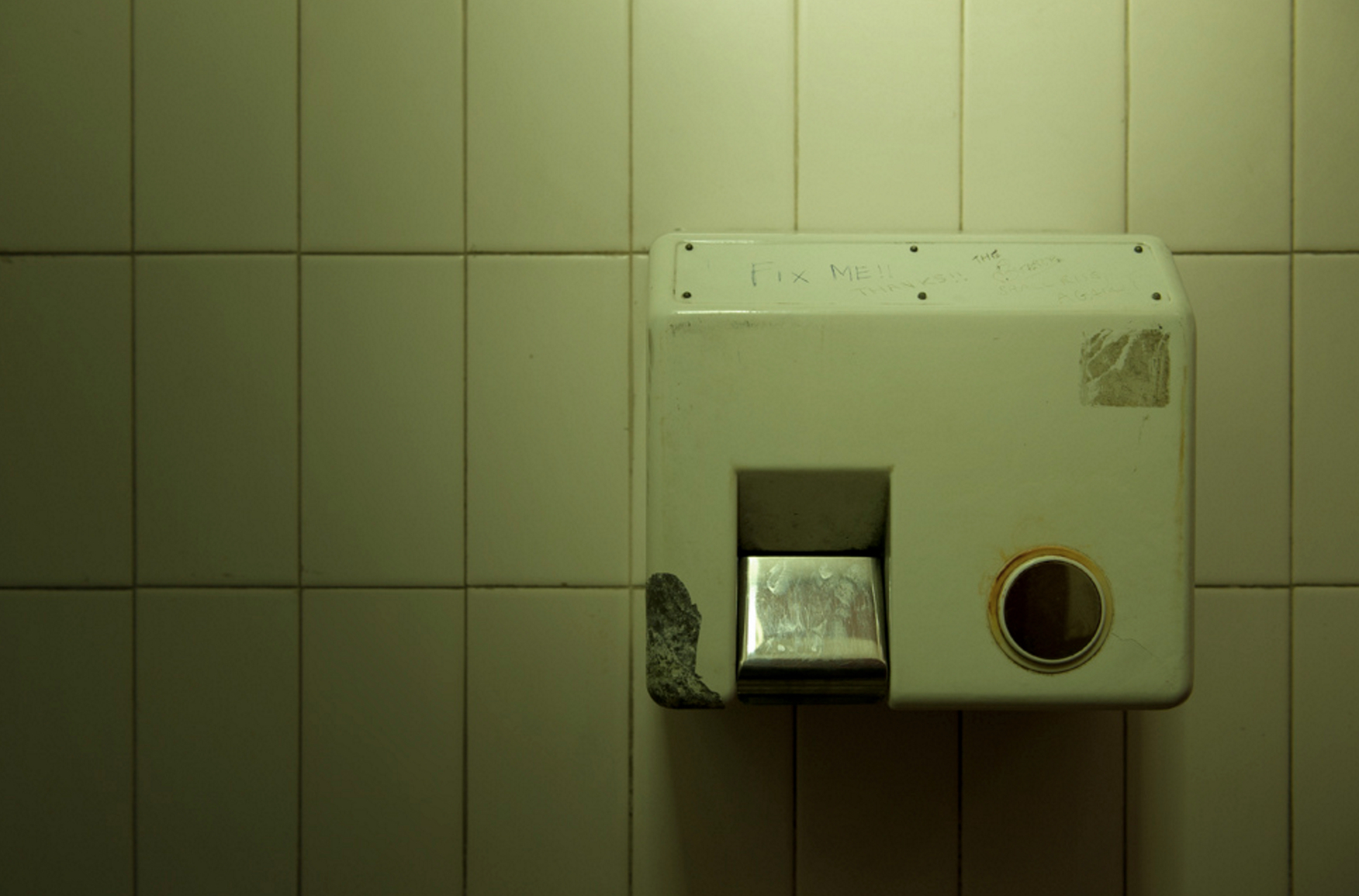
The powerful buffeting of dryers propels germs around the room and onto your hands, which can grow and increase, especially if you don’t dry them completely!
Though they are definitely more environmentally friendly, these dryers actually spread more germs than ordinary paper towels.
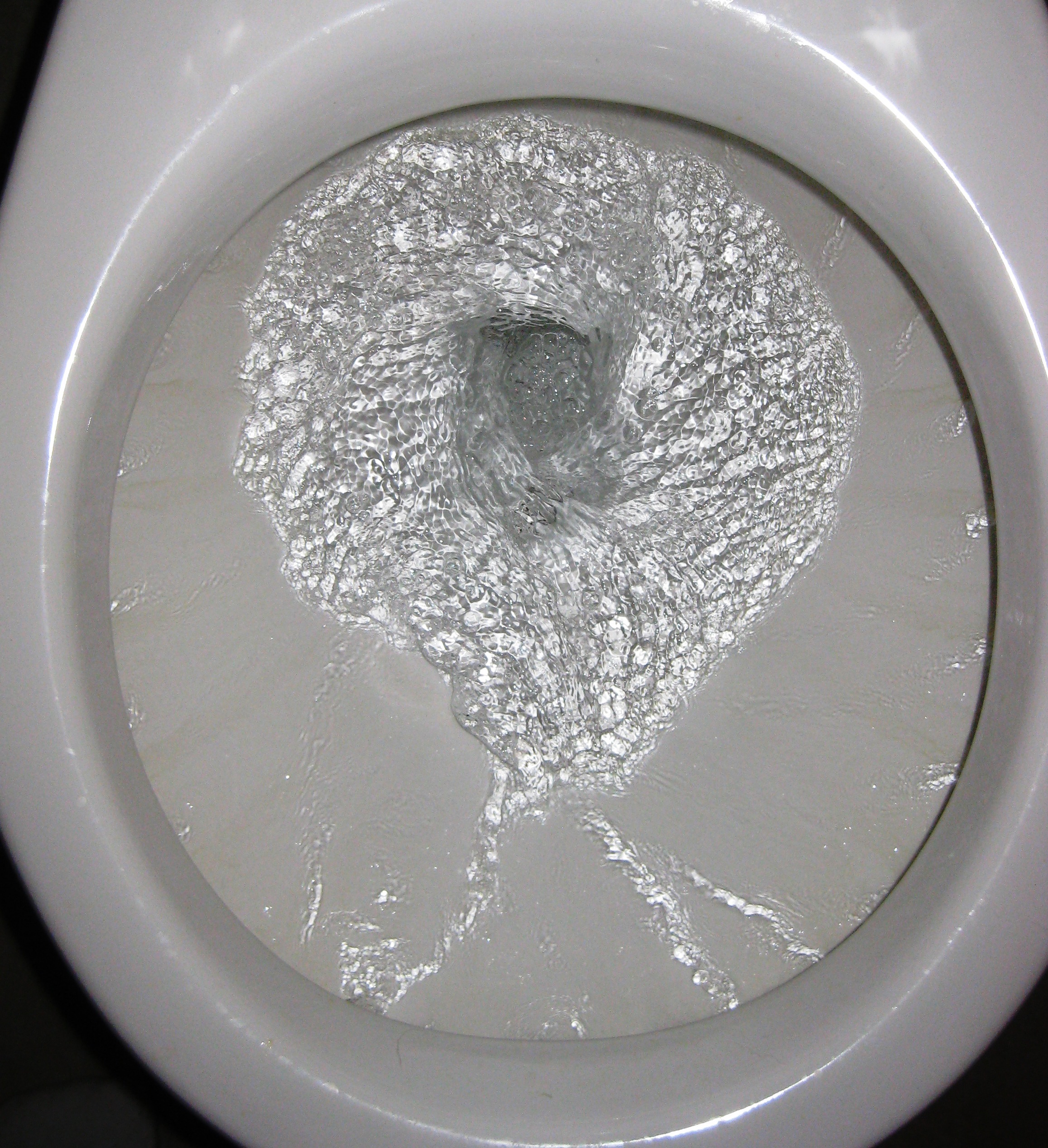
So what's the best way to ensure you're not spreading or picking up germs?
Closing the toilet seat lid before flushing!

If the toilet doesn’t have a lid, remember that bacteria thrives in warm, wet places, so keep any surface dry, including your hands, your body, and any of the bathroom appliances.
Washing your hands is extremely important after you use the restroom, but drying them thoroughly and disposing of your paper towels is just as important.
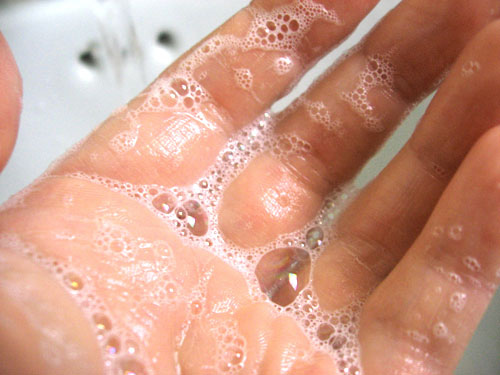
Our skin does a great job of blocking bacteria, so trust in its ability to do its job when sitting on a dry toilet seat.
As long as you remain aware of where bacteria is actually present, you can make smart decisions toward remaining healthy, happy, and free of more germs than are necessary!
If you know anyone who lines public toilet seats with paper, be sure to SHARE this important information!


